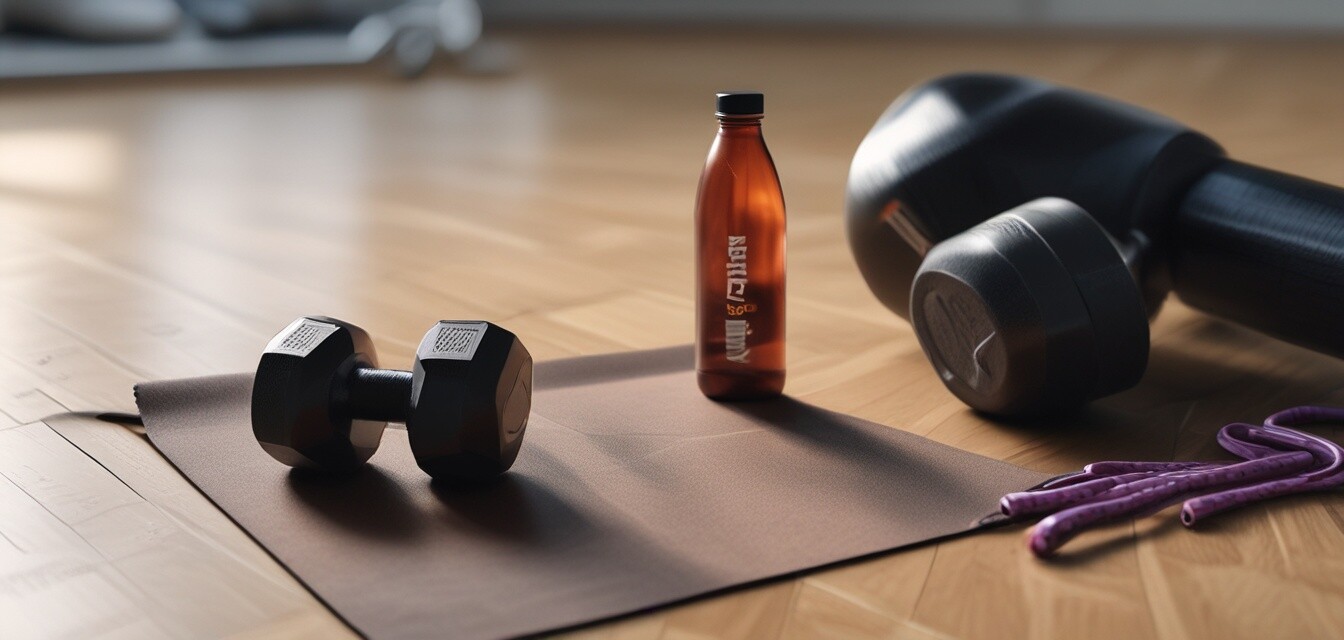
How to Recover After Intense Workouts
Key Takeaways
- Proper recovery is crucial for muscle repair and performance.
- Hydration plays a significant role in recovery.
- Nutrient timing can enhance your body's recovery process.
- Qualitative rest, including sleep, is vital to healing.
- Utilizing tools like foam rollers and stretching can ease tension.
After an intense workout session, the importance of recovery cannot be overstated. Recovery plays a vital role in muscle repair and overall performance, ensuring that you can continue pushing your limits in the gym. In this guide, we'll walk you through some of the best tips and techniques for effective recovery post-exercise.
Why Recovery Matters
When you engage in strenuous exercises, your muscles undergo stress and microtears. Recovery is essential to allow your muscles to repair, rebuild, and grow stronger. Skipping recovery can lead to prolonged fatigue, hindered progress, and even injuries. Here, we detail several methods to ensure your body's recovery is optimized.
Effective Recovery Techniques
1. Hydration
Staying hydrated is crucial post-workout. Water helps in rehydrating your body, supporting metabolic processes, and aiding in muscle recovery.
- Drink water immediately post-exercise.
- Consider electrolyte drinks for prolonged workouts.
- Aim for at least 8-10 cups of water daily.
2. Nutrition
What you eat after your workouts can significantly impact your recovery. Focus on consuming a balanced diet with the right macronutrients:
| Macronutrient | Sources | Role in Recovery |
|---|---|---|
| Protein | Chicken, Fish, Tofu | Repairs muscle tissue |
| Carbohydrates | Rice, Quinoa, Fruits | Replenishes energy stores |
| Fats | Nuts, Avocado, Olive oil | Provides energy and supports cellular functions |
Consider checking out our Buying Guides to learn how to enhance your nutrition for workouts.
3. Rest
Sleep is arguably one of the best recovery tools. Your body undergoes significant healing during restful sleep. Aim for 7-9 hours of quality sleep, ensuring your muscles can recover and grow stronger.
4. Active Recovery
Incorporating low-intensity exercises on rest days, also known as active recovery, can promote blood flow and ease muscle soreness. Activities like walking, light cycling, and yoga can be beneficial.
5. Stretching and Foam Rolling
Stretching helps elongate tight muscles, and foam rolling can alleviate muscle tension and soreness. Consider dedicating at least 10-15 minutes to these activities after workouts.
Tips for Beginners
- Listen to your body – Don’t push through severe pain.
- Incorporate a proper cool-down routine.
- Make it a habit to hydrate consistently.
- Track your nutrition and recovery practices.
- Join a community or find a workout buddy for accountability.
Tools to Enhance Recovery
Utilizing the right tools can make your recovery journey more effective. Here are some items that could enhance your recovery:
| Tool | Benefits | Best For |
|---|---|---|
| Foam Roller | Eases muscle tightness | Muscle soreness relief |
| Resistance Bands | Enhances flexibility | Dynamic stretching |
| Massage Gun | Targets deep tissue | Quick recovery sessions |
For more information on useful equipment and accessories, check out our section on Home Gym Essentials.
Final Thoughts
Incorporating proper recovery strategies is essential for your fitness journey. By focusing on hydration, nutrition, rest, and utilizing the right recovery tools, you can ensure your body heals effectively after intense workouts. It’s time to make recovery part of your fitness routine!
Pros
- Improves muscle repair and growth
- Enhances future performance
- Reduces fatigue and the risk of injury
- Promotes overall well-being
Cons
- May require time out of the gym
- Some recovery tools can be expensive
- Requires dedication and discipline
As you dive deeper into your fitness journey, remember that recovery is just as important as the workouts themselves. For more tips and techniques, visit our Tips and Advice section.